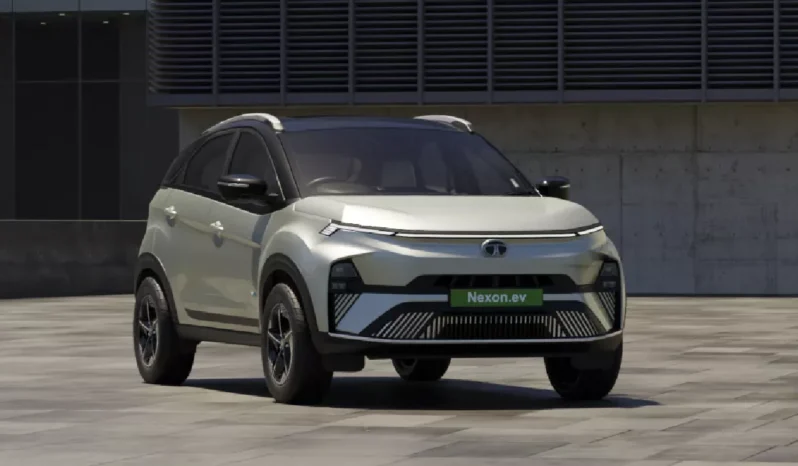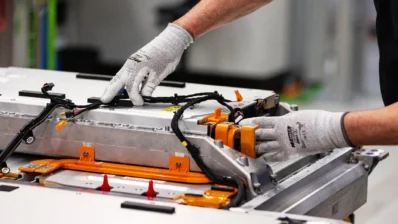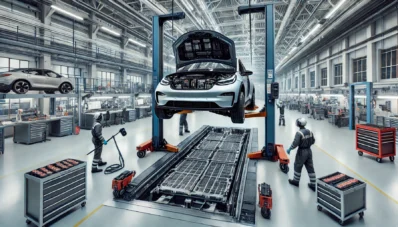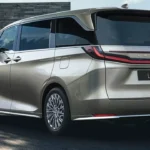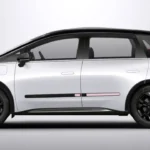Key Highlights:
- Battery maintenance and potential replacement costs uncovered
- Public and home charging expenses explained
- Impact of insurance premiums on long-term ownership costs
- Resale value and depreciation insights for better financial planning
Introduction: Know the True Cost Before You Drive Electric
The Tata Nexon EV is a popular electric SUV, offering affordability, cutting-edge technology, and eco-conscious driving. However, the actual ownership cost extends beyond the upfront price. From hidden maintenance charges to infrastructure expenses, it’s essential to understand the complete picture before investing. This article dives deep into the hidden costs of owning a Tata Nexon EV to help you make an informed decision and avoid surprises.
1. Battery Health: Maintenance and Replacement Costs
The heart of any electric vehicle (EV) is its battery. While Tata offers a warranty of up to 8 years or 1,60,000 km, the performance of EV batteries naturally degrades over time.
- Battery degradation: Depending on usage, your battery may lose around 15-20% capacity in 5-6 years.
- Replacement cost: In case of a failure post-warranty, replacing the battery could cost between ₹4-7 lakh, which can be a significant burden.
- Maintenance tip: Regular use of slow charging (home chargers) and avoiding overcharging can prolong battery life.
2. Charging Expenses: Public and Home Charging Infrastructure
While the Nexon EV offers economical per-kilometer running costs, the charging infrastructure comes with its share of hidden costs.
- Public charging costs: Charging at a fast-charging station typically costs between ₹15-25 per kWh, translating to around ₹400-600 for a full charge.
- Home charging setup: Installing a home charging station can cost ₹50,000-70,000 upfront, including wiring and installation.
- Electricity bills: Charging at home will increase your monthly power bill by ₹2,000-3,500, depending on usage patterns.
3. Insurance Premiums for EVs
Insuring an electric vehicle is usually more expensive than a conventional petrol or diesel vehicle. This is due to the high replacement cost of EV parts and batteries.
- Higher premiums: EV insurance typically costs 10-20% more than standard vehicles.
- Comprehensive coverage: It is recommended to opt for comprehensive insurance to cover potential battery and motor failures.
- Maintenance discounts: Some insurers offer special discounts for regular service and eco-friendly driving habits.
Also Read: Tata Nexon EV Buying Guide: Everything You Need to Know
4. Service Costs: Not Always Maintenance-Free
Though EVs have fewer moving parts, routine service and maintenance still come at a cost.
- Brake pads and coolant changes: Despite fewer mechanical components, periodic replacement of brake pads and cooling fluid is required.
- Software updates: Tata may charge for certain over-the-air software updates beyond the free warranty period.
- Service packages: Opting for extended service plans can help lower the long-term maintenance burden.
5. Resale Value and Depreciation Concerns
While Tata’s EVs have shown promising performance, electric cars are still evolving, which impacts their resale value.
- Depreciation: EVs may face higher depreciation compared to petrol vehicles due to uncertainty around battery life and second-owner interest.
- Resale price: Depending on market trends, the Nexon EV’s resale value after 5 years could drop by 30-50% of its original cost.
- Future factors: Improvements in battery technology or government policies may affect future resale value positively or negatively.
6. Charging Downtime: A Hidden Time Cost
Charging an electric vehicle requires more time compared to refueling a petrol car, which can translate to an indirect cost.
- Home charging: A 7-8 hour overnight charge is typical for a full charge.
- Fast charging: Even at public stations, a fast charge can take 60-90 minutes, limiting flexibility during long trips.
- Planning tip: Planning trips carefully to avoid unplanned charging stops can reduce inconvenience.
7. Government Incentives: A Limited-Time Benefit?
Currently, Tata Nexon EV buyers enjoy subsidies and tax benefits, but these may not last forever.
- FAME II subsidies: Buyers can avail ₹1.5 lakh incentive, but this scheme may change in the future.
- State-specific benefits: Some states offer road tax waivers and free registration, but policies vary and are subject to revisions.
- Policy changes: If incentives are discontinued, the overall cost of ownership will increase.
Also Read: Kia EV9 Price in Delhi: An Expensive Future Family Travel Car!
ELCTRIK Speaks: Make an Informed Choice for the Long Term
Owning a Tata Nexon EV offers numerous benefits, including low running costs, eco-friendly driving, and government incentives. However, hidden costs like battery replacement, charging infrastructure, insurance premiums, and depreciation need to be factored in for a realistic ownership estimate. By being aware of these costs, you can better plan your budget and make the most of your EV investment.

